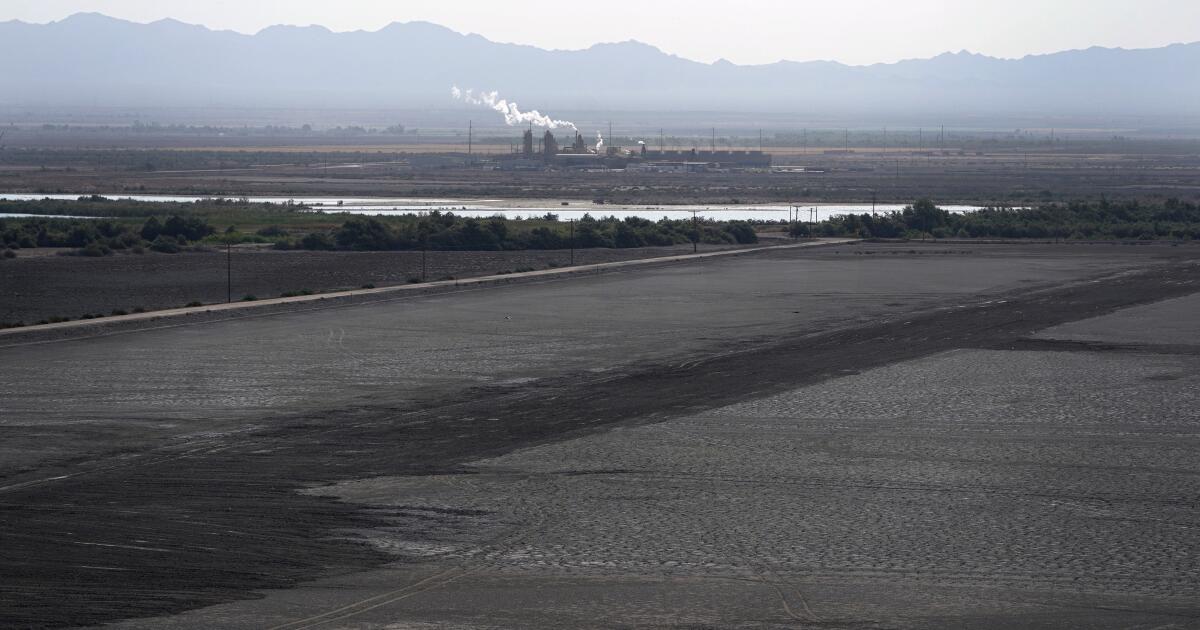Governments in the APAC region are working more closely with private sector organisations and cybersecurity technology providers as part of public-private partnership-type arrangements. These collaborations can include threat intelligence sharing, cyber capability development, research and joint investigations.
As the cyber threat continues to grow in APAC, including from ransomware attackers and nation-state actors, the hope is that integrated collaboration between governments and businesses will lead to a more cohesive response.
What is a public-private partnership in cybersecurity?
A national cybersecurity public-private partnership is typically a collaborative framework between government entities and private sector organizations aimed at improving a country's digital security.
These partnerships, whether formal agreements or informal collaborations, involve public agencies responsible for cybersecurity working with private companies such as technology firms or operators of critical infrastructure to better respond to threats and build resilience.
Countries such as the United States and the United Kingdom have pioneered greater collaboration on cybersecurity for critical infrastructure, recognizing the need for close collaboration as many state assets moved into private hands through privatization. Today, public-private partnership in cybersecurity is seen as an essential societal effort.
Why are public-private partnerships in cybersecurity growing?
Sabeen Malik, vice president of global government affairs and public policy at cybersecurity firm Rapid7, said in an interview with TechRepublic that the rise in PPPs, including in APAC, has come as governments recognize that much of the telemetry data, technology, and assets needed to address cyber threats now reside within the private sector rather than under government control.
“Governments are recognizing that they are not the only ones capable of assessing much of the threat landscape and that much of the real-time information they seek is outside of government vaults,” he said. “Governments are not building an apparatus internally that allows them to bypass all the ways data flows.”
Increase in attacks in the APAC region
Governments’ lack of control over the growing attack surface coincides with the growth of threats. A Check Point study found that the APAC region saw the largest year-over-year increase in weekly attacks in 2023, with an average of 1,835 attacks per organization, a 16% increase.
According to Statista, many of the most targeted industries globally in 2023, such as manufacturing and financial services, are important to the APAC region. State-sponsored cyber activities, including cyber espionage, are also major geopolitical and security concerns, particularly in financial services.
Australia seeks closer partnerships with private sector
The Australian Cybersecurity Strategy 2023-2030 emphasizes strong public-private partnerships to become a leader in cybersecurity. This strategy exemplifies how jurisdictions in the APAC region are individually and collectively embracing cooperation with the private sector to drive cybersecurity.
The creation of a new Cyber Incident Review Board
The Australian Government has proposed a Cyber Incident Review Board, designed in collaboration with industry, to conduct no-fault incident reviews to improve Australian cybersecurity. Lessons learned from the reviews will be shared with the public and businesses to strengthen national cyber resilience and help prevent similar incidents from occurring.
How to end ransomware business models
The government wants to work with the private sector to reduce ransomware attacks. It has committed to designing options for mandatory, no-fault, no-liability reporting, together with industry partners. This initiative will help report ransomware incidents and ransom payments, supporting the creation of a ransomware playbook to help businesses prepare for and handle attacks.
Australian Signals Directorate partners with Microsoft
The ASD cyber threat intelligence sharing platform, which allows participating organisations to share threats, has been connected to Microsoft’s Sentinel platform. By creating a “global cyber threat intelligence system”, it will enable Microsoft’s Australian customers who are part of the CTIS to share cyber threat intelligence at the speed and scale needed to mitigate them.
Formation of a Cyber Executive Council
A Cybersecurity Executive Council has been established to improve threat intelligence sharing across the Australian economy and drive public-private collaboration on other priority initiatives in Australia’s cyber strategy. The group is made up of senior representatives from Australia’s private sector, including associations such as the Business Council of Australia and brands such as Commonwealth Bank of Australia, Optus and supermarket operator Coles Group.
Building national threat-blocking capabilities
The Australian Government is working with industry partners through the National Cyber Intel Partnership to trial an automated, near real-time threat blocking capability that will build on and integrate with existing government and industry platforms.












